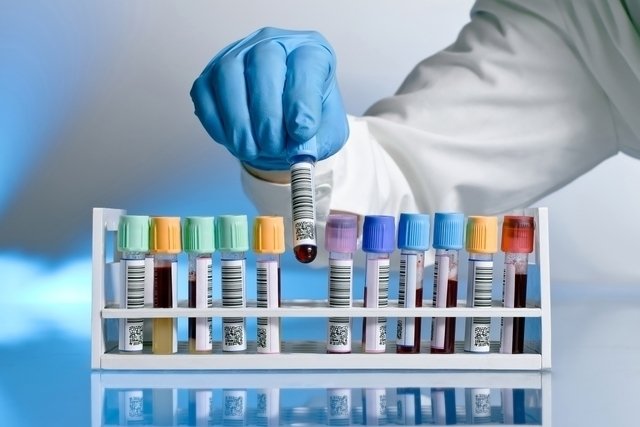D-dimer is one of the products of fibrin breakdown. Fibrin is a protein that is involved in clot formation. Therefore, when there are any changes or abnormalities in the coagulation process, D-dimer levels are likely to be higher.
The normal level of D-dimer in the blood is up to 0.500 µd/mL or 500 ng/mL, and this level can be assessed through a simple, non-fasting blood test.

Why it's ordered
The D-dimer test is normally ordered by the doctor to rule out the possibility of deep vein thrombosis or pulmonary thromboembolism. This marker is typically increased in these situations.
However, because it is a coagulation marker, the D-dimer can also be ordered to evaluate the coagulation cascade, or how your blood clots. Therefore, the D-dimer test can also be useful for investigating situations that interfere with coagulation, such as heart problems and inflammation.
High D-dimer
Changes in D-dimer levels occur in situations where there is a formation and breakdown of clots, resulting in an abnormal increase ithe products of fibrin breakdown, like DF-dimer. It is usually a result of deep vein thrombosis (DVT) and pulmonary thromboembolism (PTE). However, other situations that can lead to high D-dimer levels are:
- Disseminated intravascular coagulation
- After major surgeries
- Major traumas
- During pregnancy
- Heart, kidney or liver diseases
- Inflammation
- Use of anticoagulants
- Some types of cancer
- COVID-19, in some cases
In addition to evaluating the D-dimer, it is important to order other tests that help identify the underlying cause for this increase. Depending on the patient's health history and symptoms, the doctor may also order a complete blood count, liver function tests, and other tests that look at the kidneys and heart, such as lactate dehydrogenase and C-reactive protein.
Other tests that can be ordered together with the D-dimer are prothrombin time, thrombin time, band INR, which are tests that also assess whether the clotting process is functioning properly.
D-dimer and COVID-19
High D-dimer levels are a common finding in cases of COVID-19. In the body's attempt to fight the COVID virus, a large amount of cytokines are released. This causes damage to the blood vessels and activates the coagulation cascade. As a result, high levels of fibrin are activated, which then leads to the breakdown of this protein for clotting. D-dimer, one of the by-products of fibrin breakdown are then released into the blood.
Increased levels of this marker in the blood may be a sign of infection. Depending on the values, the doctor can assessed the severity of COVID-19 as well as a possible risk for malfunctioning intravascular coagulation and thrombosis, which require hospitalization. However, it is also important for the doctor to evaluate fibrin levels, platelet count and prothrombin time in addition to the patient's symptoms.
